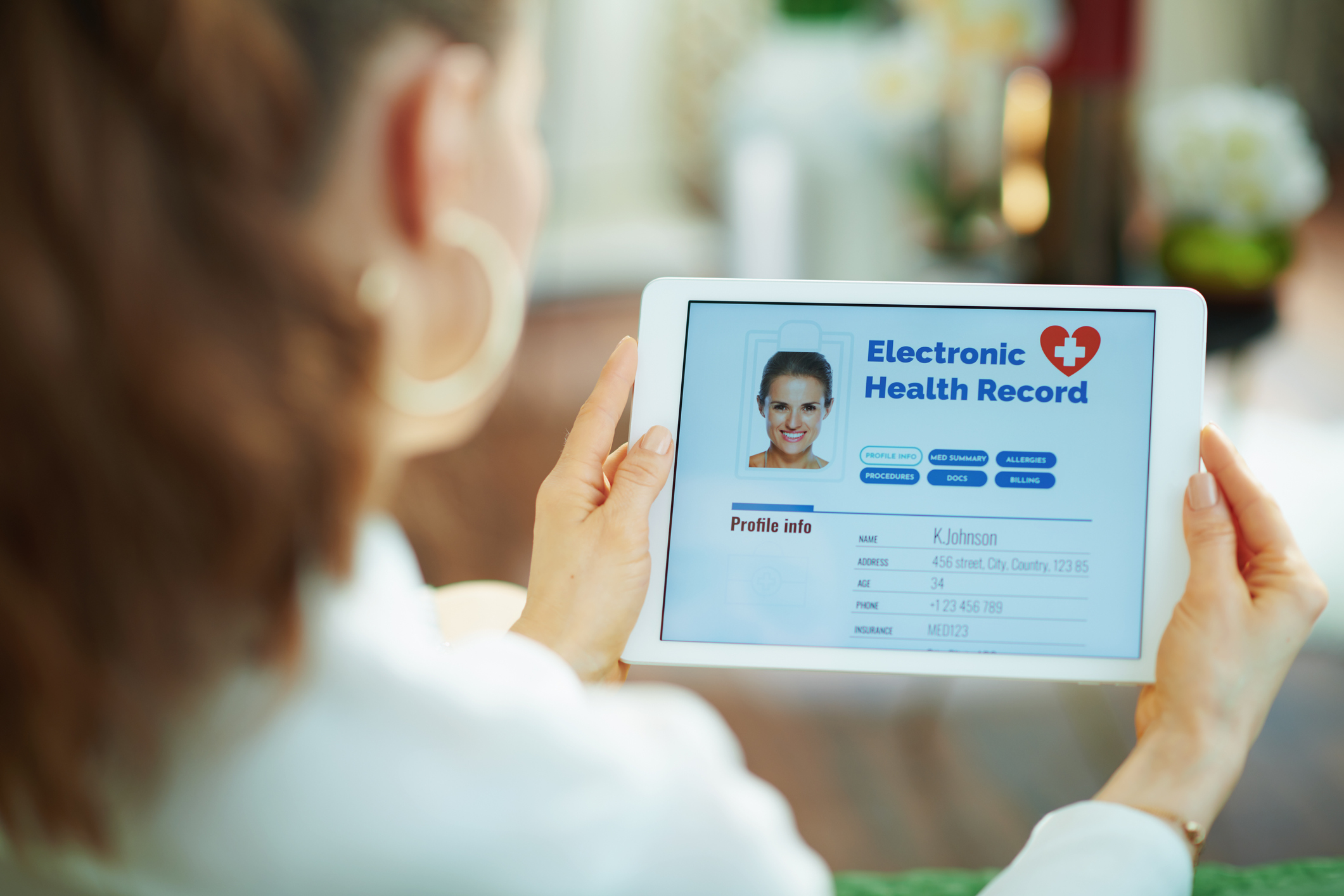How electronic health records can save you money
Going digital is inevitable, no matter what type of practice you run. Although all records for patients used to be kept on paper in past eras, it’s almost impossible to run a 21st century practice without the safer recordkeeping and broader availability of electronic health records (EHRs). Combined with other integrated electronic software and services, they can also save you money. Quite a bit of it.
Digital records can reduce medical errors
Medical errors are not only a drain on the healthcare system, but clinicians and their staff can spend a lot of time, effort and dollars dealing with patient complications caused by a medical error. The wealth of access to information in an EHR — in the office, or after hours while on call, awakened by a 2 a.m. issue — EHRs can help reduce these kinds of medical errors. Whether it’s ensuring you’re not missing a drug interaction or allergy to documenting that the patient rights of medication administration have been followed.
These began known as the 5 rights in 1999 by the Institute for Healthcare Improvement (IHI) — right patient, right drug, right dose, right route and right time), though some organizations have expanded that to 8 or more, adding right documentation, right effect, right education, and/or right to refuse. Whether there are 5, 6, 7, 8 or more rights to uphold, it’s obvious that’s a lot of critically important information to document and act upon. Electronic records have become essential to doing so while efficiently delivering the highest-quality, safest care possible.
Easily and securely share records across providers
In the past, one healthcare provider would need to fax sensitive records of a patient over to another provider caring for the patient. That takes staff time and other resources, and is less than a secure sharing of protected (sometimes called personal) health information or PHI. Digitized records make sharing these kinds of records quick, easy and secure, following the Privacy Rule under the Health Insurance Portability and Accountability Act (HIPAA) in the U.S. and the Personal Information Protection and Electronic Documents Act (PIPEDA) in Canada.
Billing integration means quicker, more accurate payments
Many EHR systems also offer full integration with a billing side of your operations. This kind of seamless integration between the digitized records of a patient and billing for their account can save healthcare providers a significant amount of time and money, and delivery more-complete and accurate documentation to help reduce the likelihood of rejections and resubmissions. Digitized records and billing integration can mean quicker payments for healthcare professionals, as well as quicker reimbursements for patients.
intakeQ helps thousands of small- to mid-sized practices run their operations with maximum efficiency while delivering a frustration-free patient experience. It delivers electronic record solutions that support an integrated, superior patient experience across all touchpoints, from online intake forms and appointment scheduling to telehealth, insurance billing and payments, a patient portal with secure messaging and reminders and more — basically everything a provider organization needs to manage its entire practice easily and efficiently. Try practiceQ (forms and PM solutions) or intakeQ (forms-only) free for 14 days.

